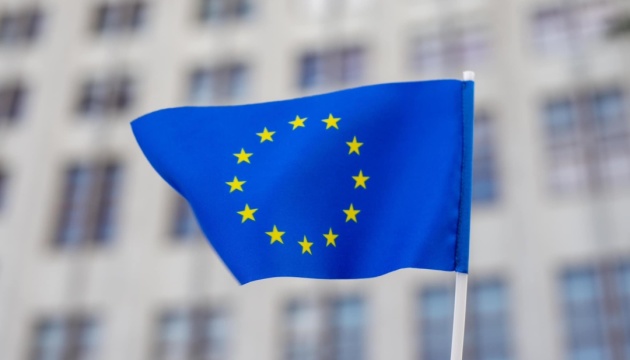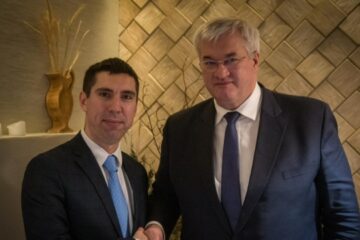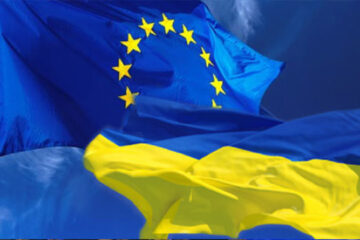
The EU should strengthen its defense capabilities, the common arms market, and spend at least 2% of GDP on defense in 2025 and 3% by 2027.
After a two-day closed-door meeting of the leaders of the countries represented in the European People’s Party, the initiators of the event, the head of the Christian Democratic Union Friedrich Merz and the head of the EPP Manfred Weber, spoke to journalists in Berlin, an Ukrinform correspondent reports.
“Taking into account the total defense spending of member states, our goal is for the EU to jointly reach the target of 2% in 2025 and try to reach the 3% mark by 2027,” says the final document, available to Ukrinform.
It also lays down plans to strengthen cooperation within NATO and at the same time build up European defense capabilities. To this end, it is planned to build up the European defense industry and unify certain types of weapons.
“Europe is under attack. Putin’s criminal war in Ukraine, disinformation campaigns by foreign autocrats, terrorist attacks, organized crime and hybrid warfare on our borders – all of this aims to destroy our European way of life. Freedom, security, the rule of law and defense are intertwined,” says the document.
Member states are to step up action against Russian hybrid attacks, particularly in the Baltic Sea, as well as against disinformation campaigns in member states.
The final document notes that the EPP, as the strongest party in the European Parliament, has a mandate to serve as the party that determines EU policy. This is happening against the backdrop of Russia’s war against Ukraine and China’s increasingly “self-assured” behavior. The EU’s task is to strengthen economic power, create new jobs, reduce bureaucracy, etc.
As reported, the leaders of a dozen EU countries, led by representatives from conservative parties, as well as the heads of European bodies, held a closed-door meeting in Berlin on January 17-18 to adopt the program for 2025 and discuss European issues, including security.
Source: EU’s largest party promotes increasing defense spending to 3% of GDP in two years



